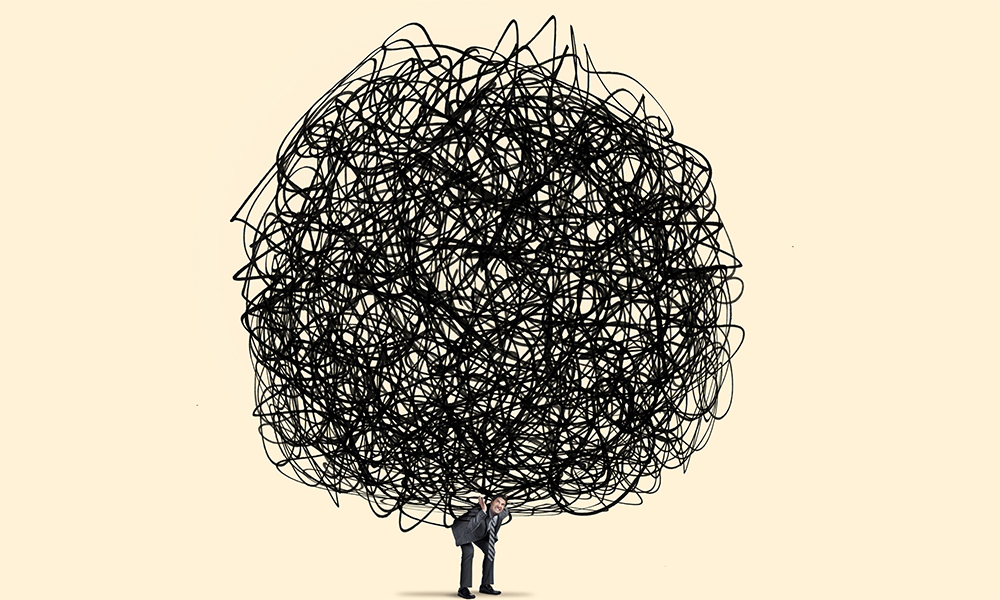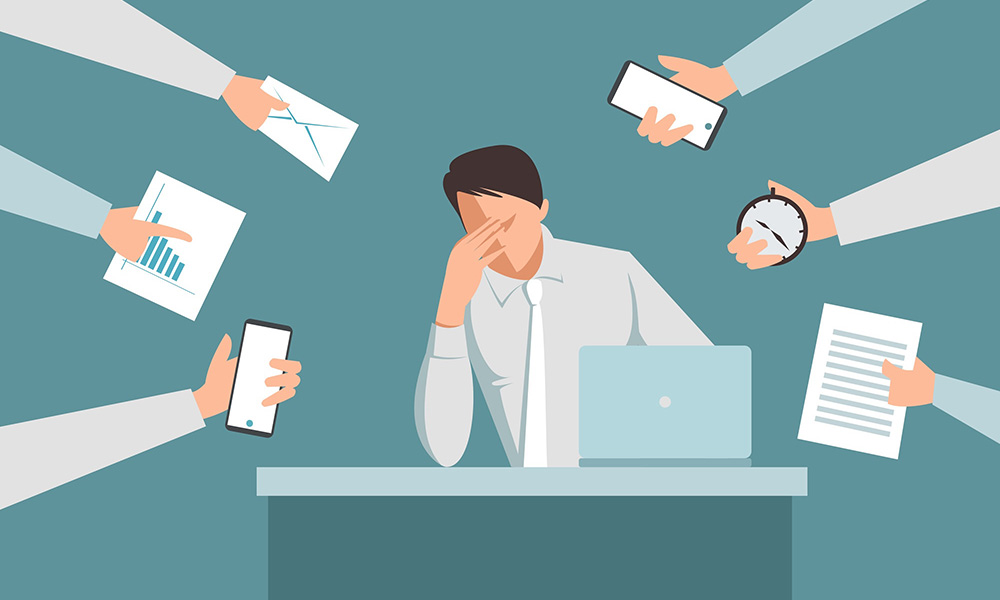Many of us across the world are now in Week 3 or 4 of a lockdown. In this atmosphere of confinement, with so much uncertainty, it is especially challenging to determine the important decisions that need to be made and how to make them.
In this charged situation, clear thinking can help us to stay calm and devise better solutions together. While brain food like nuts, pumpkin seeds, green tea etc. could help some of you, most of us will need more than that! So, this week, my message focuses on a few mental models that can provide better perspective and help make better decisions. These models will also prove helpful once we return to the workplace and continue to deal with the aftereffects of COVID-19.
In Mental Models: Learn How to Think Better and Gain a Mental Edge, author James Clear defines a mental model as:
an overarching term for any sort of concept, framework, or worldview that you carry around in your mind
This might sound a bit abstract, but we actually use plenty of mental models on a daily basis. In business, for example, we turn to Supply & Demand, Economies of Scale and Incentives. Other frameworks help us decipher human behaviour, such as Reciprocity and Anchoring. As Clear goes on to explain:
Mental models guide your perception and behaviour. They are the thinking tools that you use to understand life, make decisions, and solve problems. Learning a new mental model gives you a new way to see the world.
Mental models are especially useful when things become challenging and uncertain. The Farnam Street article, Using Models to Stay Calm in Charged Situations, explains that people in such scenarios might do the following:
- Confuse correlation with causation in determining why certain things happened
- Extrapolate from too small a sample size when providing “evidence” to prove their point
- Don’t recognize hindsight bias when suggesting what should have been done
- Don’t pay attention to base rates when assessing the severity of events
- Assume maliciousness on the part of decision-makers
Applying the right frameworks can help you weed out such faulty assumptions, so you can arrive at smarter solutions. Think of mental models not as a silver bullet but as a set of strategies to see situations more clearly and rationally. As Clear points out:
Mental models are imperfect, but useful. As historian Yuval Noah Harari puts it, “Scientists generally agree that no theory is 100 percent correct. Thus, the real test of knowledge is not truth, but utility.”
The best mental models are the ideas with the most utility.
Here are 4 useful mental models to sharpen your thinking, defuse tension and upgrade the quality of team decision-making:
1. Hanlon’s Razor
Don’t attribute to malice that which is more easily explained by mistakes. In other words, avoid assuming that bad results are caused by intentional malice – because they’re far more likely to be caused by incompetence or human error. The Farnam Street article mentioned above explains why assuming positive intentions is an effective strategy:
When people feel victimized, they can get angry and lash out in an attempt to fight back against a perceived threat. When people feel accused of serious wrongdoing, they can get defensive and withhold information to protect themselves. Neither of these reactions is useful in a situation like this…. Removing malice from the equation, you give yourself emotional breathing room to work toward better solutions.
By dismantling paranoia and reminding us that people make mistakes, Hanlon’s Razor offers a valuable starting point for any discussion.
2. Relativity
This mental model, borrowed from the world of physics, teaches you that everyone has their own point of view – which is different from yours. For more meaningful interactions, try to imagine how other people might be looking at the same scenario. What is driving their perceptions and opinions? The Farnam Street piece gives the excellent example of a school meeting where the administration, teachers and several groups of parents are at odds with one another:
Some people are afraid for their child’s health. Others are influenced by past dealings with the school administration. Authorities are worried about closing the school. Teachers are concerned about how missed time might impact their students’ learning. Administrators are trying to balance the needs of parents with their responsibility to follow the necessary procedures. Some parents are stressed because they don’t have care for their children when the school closes. There is a lot going on, and relativity gives us a lens to try to identify the dynamics impacting communication.
3. Probabilistic thinking
One of the better ways to enhance decision-making is to use mathematics and logical reasoning to make accurate estimates. During this period of uncertainty, you may hear claims about the seriousness of events, supported by certain percentages. For instance, we are seeing all kinds of numbers being tossed around about fatality rates and infection rates. Without context, these numbers can induce panic and increase stress without painting a true picture of the facts. Generating realistic probabilities on the likelihood of a specific outcome can be a useful tool.
4. Law of large numbers
Without a large enough pool of available data, people tend to fall back on small sample sizes or random anecdotes to support their view. This can cause confusion between correlation and causation, leading to poor-quality decisions. Changes in a small sample size, for example, could be attributed to any number of factors, so ask questions to elicit relevant information and investigate all possible explanations before drawing any conclusions. Find additional sources of data to increase your sample size – this will help your team carry out a more accurate evaluation.
The more mental models you have, the higher your quality of thinking. With just 1-2 frameworks at your disposal, you’ll end up trying to understand every problem through a very narrow lens. In other words, if all you have is a hammer, everything looks like a nail. In the current situation, some of you might have extra free time on your hands, so why not expand your personal toolkit of mental models? Explore this easily accessible list of mental models compiled by James Clear, or get more in-depth information at The Great Mental Models Project by Farnam Street.








Comments